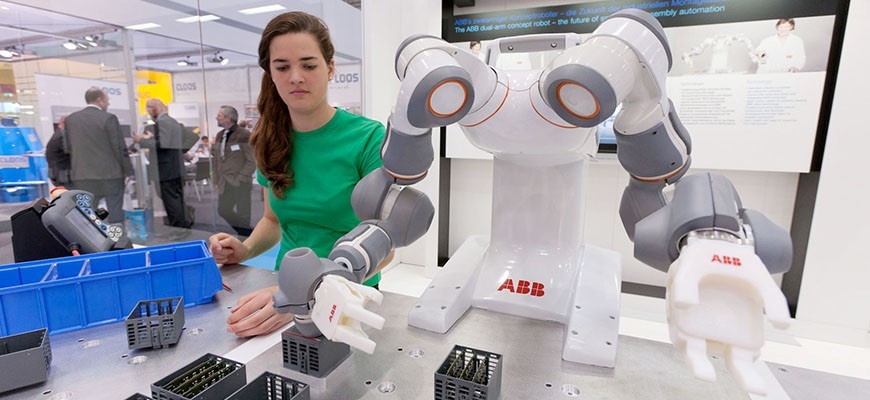Surely, one of the most popular ways for us all to stay entertained in our spare time is watching TV. Getting together with the family on the sofa to watch television is something that most people do at some point each day. Such is the television’s immense popularity globally that it can rightfully be considered one of the most important inventions ever. As a guide, recent figures showed that over 96% of US households owned a TV. That is quite some stat!
Table of Contents
Where did it all begin, and what has changed over time?
Origins of the modern television set
Although there may have been earlier prototypes, the generally accepted first TV set as we know it was invented by John Logie Baird in 1926. Baird was a Scottish inventor who took advantage of modern advances in technical knowledge to produce this game-changing product. The funny thing is that the first TV set he produced was not known as a television. Instead, it was called a televisor, in which a rotating mechanism generated the image shown on-screen.
Of course, since these initial TV sets, the technology involved has allowed them to come a long way. The name not only changed to what we know now, but the whole look and style of the sets also saw a radical overhaul.
Antenna tech has changed greatly
Before we look at how TVs themselves have changed over the years, it is first worth seeing how the aerials they use have done so. Naturally, the TV aerial is essential as it is how the images beamed from TV studios are picked up and transmitted onto your set. Modern antennas look a lot different to their early counterparts, that’s for sure!
From the coat-hanger types that were fitted onto sets themselves, external TV aerials were then developed that were placed on top of your house. While this type is still widely used today, modern digital antennas are starting to evolve the technology seen here once more. Tilt TV now has an HD-Ready digital antenna to use that is quick to set up, compact and enables users to watch free TV with no hassle. This is a big change from TV’s first steps.
Modern TV sets look a lot different
When you look at pictures of older TV sets, even from just 30 or 40 years ago, it is possible to trace television’s evolution further. Old sets had large box-like dimensions and were heavy due to the cathode ray technology inside. Modern TV sets have seen a complete transformation in how they look and feel.
The latest television sets are lighter, have flat-screens rather than a box bit sticking out at the back, and give better picture quality due to the high-definition tech inside. Many modern TVs are also full of smart tech that allows you to do things such as pause or rewind what you are watching live. This represents a real jump forward for TV as a whole.
How we engage with television has also changed
The evolution of television in our times is almost as much about how we watch it as what kit we use to do so. Early television saw a limited number of channels to watch, with stations closing down at nights! Over time, this has changed greatly due to the rise of cable and satellite TV networks. Modern television gives us access to many more channels around the clock and more sophisticated coverage of sectors such as sports.
We also consume television shows in a different way now compared to the past. Subscription services such as Netflix have seen box sets become the new way to watch your favourite show, and you no longer have to wait until the next week to catch another episode. This is a real evolution from the past when you would have to wait until the show was on again to watch it. Of course, the nature of the shows that we can watch now has also changed. Who can imagine reality shows being available to watch when TV first came out?!
Television has evolved hugely over history
Taking all of the above into account, it is clear that television has really altered over the course of time. Who knows what John Logie Baird would think of it all now?! From digital HD antennas to smart TVs, it really is a whole different world now. The great thing for us as consumers is that the constant evolution that television sees only gives us more ways to enjoy more shows.











